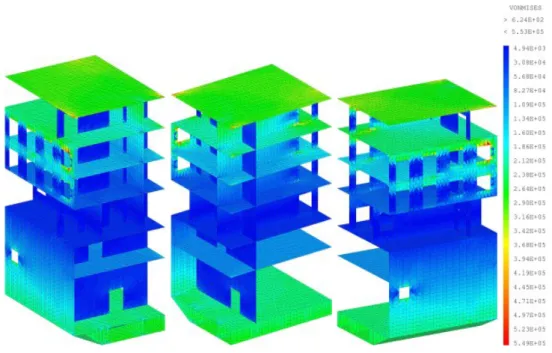A micro-macro strategy for ship structural analysis with FETI-DP method
Texte intégral
Figure
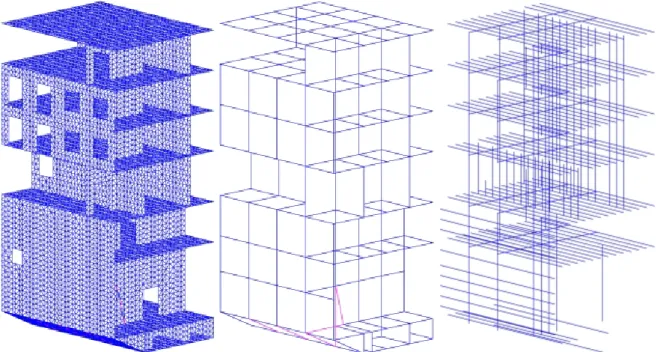
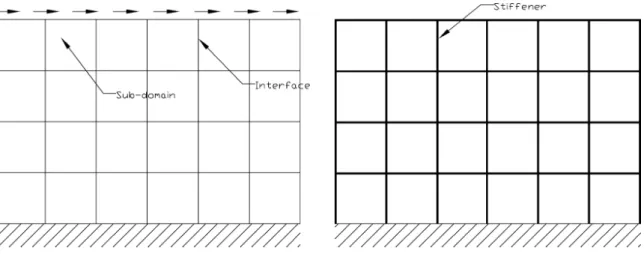
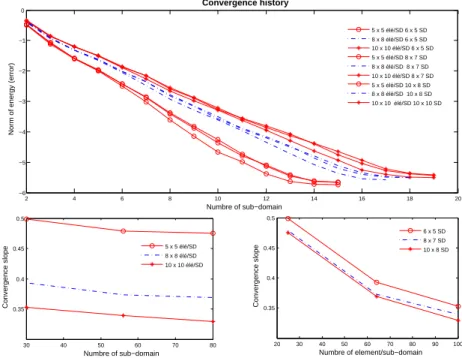
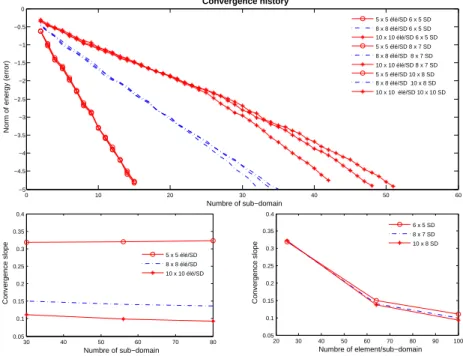
Documents relatifs
L’archive ouverte pluridisciplinaire HAL, est destinée au dépôt et à la diffusion de documents scientifiques de niveau recherche, publiés ou non, émanant des
Enlightening the abstract algebraic approach of Section 2, we provide in Section 3 its specifi- cation for the discretization of a model linear elliptic diffusion problem by
The aim of the present study is to develop a methodology based on dual kriging to generate personalized solid finite element models of the complete spine
Young and aged participants performed a categorization task (indoor vs. outdoor scenes), using dynamic natural scene stimuli, in which they resorted to either a coarse-to-fine
Optimized Schwarz domain decomposition, Robin transmission conditions, finite element methods, nonconforming grids, error analysis.. Our goal in writing this paper is to propose
A diffusion-split method to deal with thermal shocks using standard linear tetrahedral finite elements..
This new direct atherosclerotic plaque elasticity reconstruction method, based on the original material-FE formulation allowing for material discontinuities (named NMP-Xfem 2 1 ),
To account for the noisy nature of the data, we propose to use a statistical analysis method, the principal components analysis (PCA), to identify primitives from the
